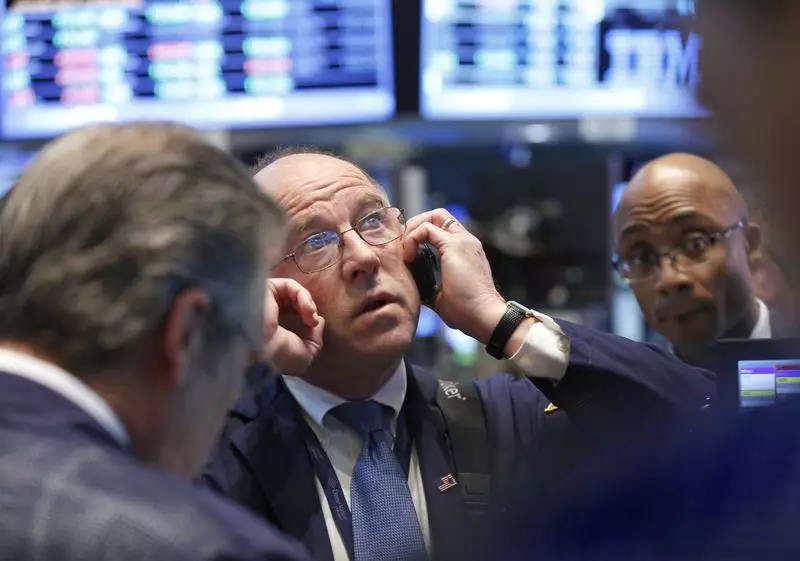The widening of U.S. junk bond spreads over yields on risk-free Treasuries on Monday indicated that financial markets were perceiving more risk. This came after the biggest daily point surge since March 2023, with stocks seeing a sharp decline as investors sought the safety of U.S. government debt. The ICE/BofA U.S. high yield index option adjusted spread soared 37 basis points to 372 bp by the end of last week, while the ICE/BofA U.S. Investment Grade Corporate Bond Index spread made its most significant jump since May 2023, closing at 106 bp.
Following last week’s employment reports which showed a slowdown in job growth for July and an increase in the unemployment rate to 4.3% from 4.1% in June, investors began turning to the safe haven of Treasuries. This action led to a market sell-off, undoing the credit market rally seen earlier in the year according to BMO. Despite the spread widening, many analysts viewed it as a correction rather than an early indicator of a recession.
The mounting fears of a recession had prompted calls for an emergency rate cut from the Federal Reserve. However, some bond market participants found data released on Monday to be reassuring. For example, the U.S. services sector rebounded from a four-year low in July, and employment rates increased for the first time in six months. Nonetheless, some investors appeared more concerned about the stock market sell-off and its potential impact on the economy through wealth destruction.
Opinions were divided on how far corporate bond spreads would widen before reaching their peak. JPMorgan analysts, for instance, predicted high-yield bond spreads to rise to 500 bp, up from their previous forecast of 380 bp. The demand for new corporate bonds declined on Friday amidst the sell-off, resulting in issuers offering higher concessions to enter the market. This shift could deter some borrowers from accessing the market, thereby affecting the issuance volume in August.
Despite the uncertainty in the market, there was optimism that corporate bond market activity would rebound once spreads stabilized, given the attractive all-in yields. U.S. Bank’s Shwedo even pointed out that despite the wider spreads, it presented the best deal for issuers in two years. This sentiment was echoed by others in the industry who believed that once the market settled, corporate bond market activity would pick up again.
The impact of the market sell-off on U.S. junk bond spreads has highlighted the increased risk in financial markets. While concerns about a recession persist, there is still optimism about the future activity in the corporate bond markets once spreads stabilize. It will be essential to closely monitor market trends and economic indicators in the coming months to gauge the long-term implications of these developments.

